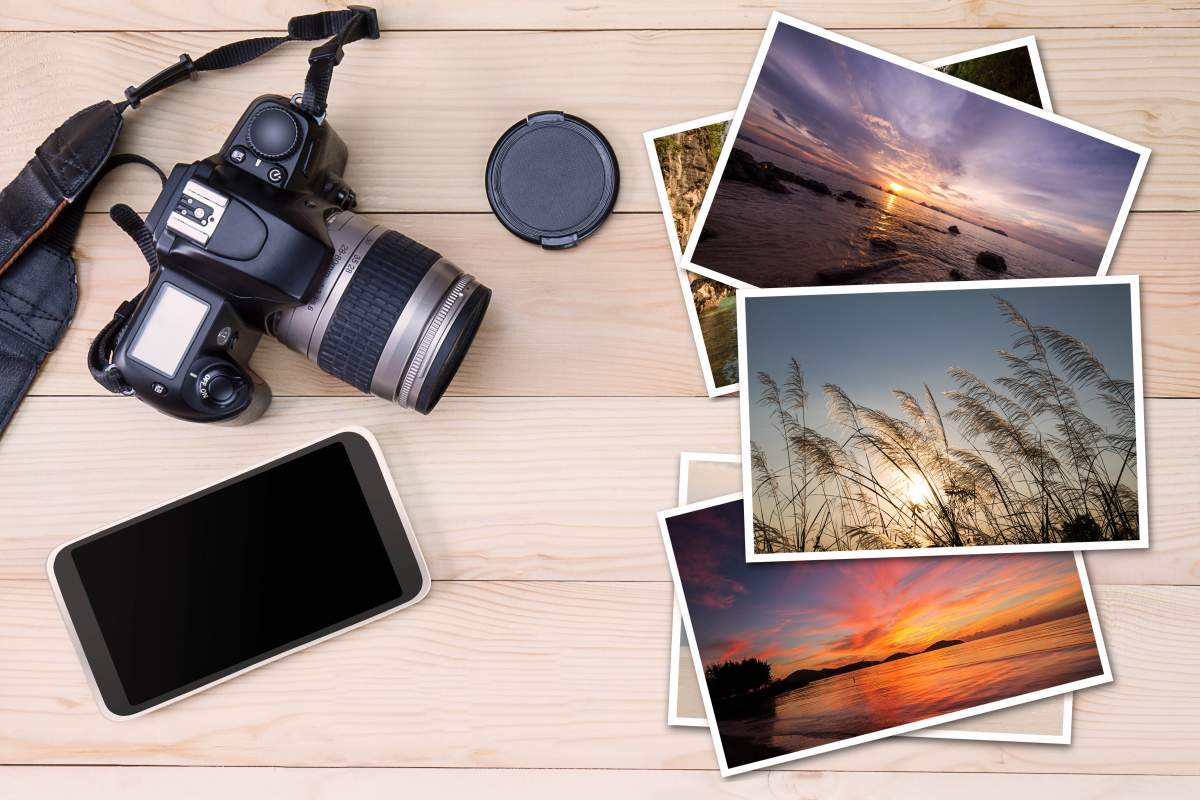Welcome!
Today I will be explaining my group editing process.
Before we started editing our opening, we sorted through and renamed our files. This make it much easier to edit. As we were editing we made sure to stop and discuss if we had any other ideas for the shots and make sure everyone was on board with the changes.
When we started to edit our opening, we noticed as a group that it wasn't how we imagined the video would play out. After looking back and examining our opening from a filmmakers point of view, we realized that the sound and the quality of the video didn't match to our overall meaning we wanted to present. Including our genre conventions into our thinking, we changed the sound from a light eerie sound to a more high pitched sound which added more suspense. I don't know why we didn't think of this sooner, as it was apart of our genre convention. I think we tried to challenge the genre convention, but failed. Another issue we ran into was the quality of our video. Previously, it had a clear HD quality. We then exported our film to CapCut where one of our group members downloaded, edited the video making it have a more "grainier" quality. This made it look so much better. All of these things created and contributed to the coherent meaning we wanted to portray.
Here is an example of the quality we used:
During the process of creating our opening, I used my smartphone to record. This was very beneficial. Because I was the main filmier, I had to weigh the pros and cons of using my smartphone versus a digital camera. Taking everything into consideration, we decided that using my smartphone would be the best option. For instance, using my phone saved us time. I didn't have to use more of our group time nor my personal time to watch tutorials on how to use the digital camera. Using my smartphone also made it much easier to be transported. How heavy is the camera? "It's just a camera and a stand, you can carry that around." And your absolutely correct. But I would waste a lot of time setting up the stand and finding our USB flash-drive. What if we lost it? These were all of the thoughts I had running through my mind. It was easier to just bring my phone and get into the appropriate position to film and just hit record. Especially since we had to record at school.
Using postproduction technology, we used WeVideo to edit our opening. This editor was fairly simple to work and understand. Although, it was pretty tricky and first, we got the hang of it as we toyed around with the editor. I learned that we could lay multiple tracks of audio. I never knew you could do that. I also learned that you can convert sounds that you like, for instance from YouTube and covert it into mp4. We did not consult any sources to learn how to edit WeVideo.
The convention of titling our opening used the genre conventions. We did not challenge the genre convention. We used white, normal font. This is that is typically used. Our title is shown towards the end, we wanted to do something unique by making the title like a smartphone message.
As a group, we used mostly fades and cross-blur transitions. This was because we didn't want the transitions to be noticeable. We wanted the video to run smoothly.
For a mystery film, we added a more high pitched sound. This followed our genre convention.
When editing, we had to use some form of color correction to make our opening more meaningful. We added a more "grainy" like filter over the entire video. This made the blood, wounds and everything else more realistic and noticeable. We also used a back and white filter to create the flashback of the opening.
We didn't work from any influences when editing our shots together. This was because we wanted the opening to occur in the order the storyline happened in.
Coming to the end of editing, we revised and did not have to make any changes. As a group, we were happy for what we have accomplished as a team. We were so happy to finally hit "Publish" on our course YouTube channel.
Source:
Candidate 1
Candidate 2
https://www.blog.motifphotos.com/wp-content/uploads/2020/10/iStock-843174388-1200x800.jpg


Comments
Post a Comment